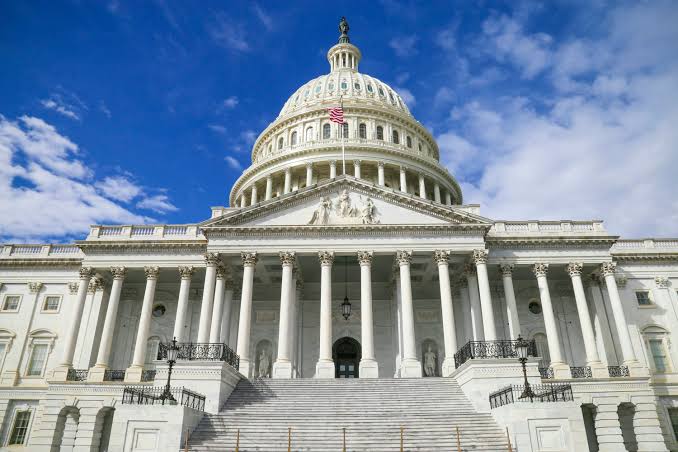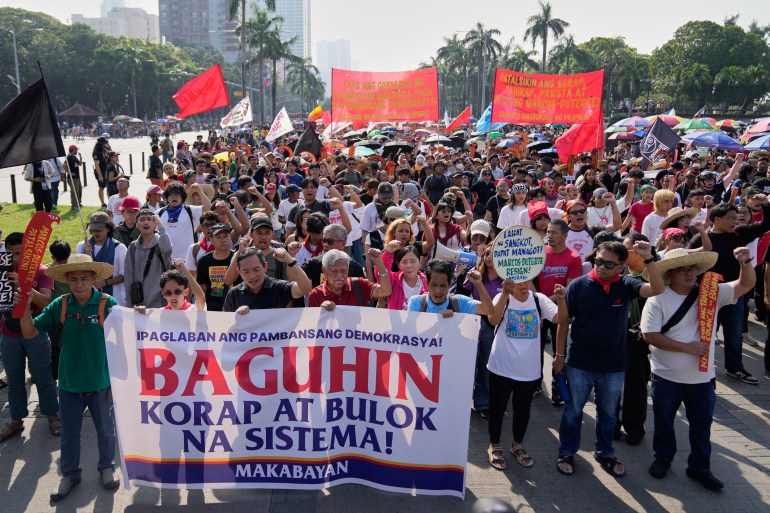Donald Trump’s White House memo suggests furloughed workers may lose back pay as shutdown drags on, deepening financial strain across U.S. government agencies.
U.S. government shutdown entered its ninth day on Thursday October 9, 2025, with growing uncertainty over pay for hundreds of thousands of federal employees and contractors.
A draft memo circulating within the White House suggests that furloughed workers may not receive back pay for the days they have been forced off the job, breaking decades of precedent. The document argues that employees should only be compensated for “time actually worked” during the shutdown.
The proposal marks a dramatic shift from previous government shutdowns, when back pay was eventually approved for federal workers once operations resumed. It also appears to contradict a bipartisan law signed by President Donald Trump during his first term, guaranteeing retroactive pay in future shutdowns.
Federal contractors—particularly low-wage service workers such as cleaners, security guards, and cafeteria staff—rarely receive back pay even under normal shutdown conditions. “I don’t know how I’m going to feed my kids,” said one janitorial worker in Washington, D.C., expressing fear that the latest proposal could deepen their financial hardship.
Read Also: Trump Calls All Chicago ‘War Zone’ As Court Blocks Troop Move
As negotiations over government funding remain deadlocked in Congress, Trump told reporters he plans to announce which federal programs could face permanent cuts during the shutdown. He described the political standoff as an “opportunity to streamline government,” adding that Democrats had handed him “the chance to slash bureaucracy on a silver platter.”
Meanwhile, the Federal Aviation Administration (FAA) has expanded its list of short-staffed air traffic control facilities, warning that the situation could soon impact operations at major airports. One of the affected facilities is among the country’s busiest, raising concerns over travel delays and safety risks if the shutdown continues.
The standoff has left nearly a million federal workers uncertain about their next paycheck, while thousands of government services remain suspended or slowed. Economists warn that an extended shutdown could ripple through the broader U.S. economy, affecting consumer spending, travel, and public confidence.
For now, there is little sign of progress. With both sides digging in, the shutdown that began as a budget dispute is fast turning into a test of endurance—with millions of Americans caught in the middle.










